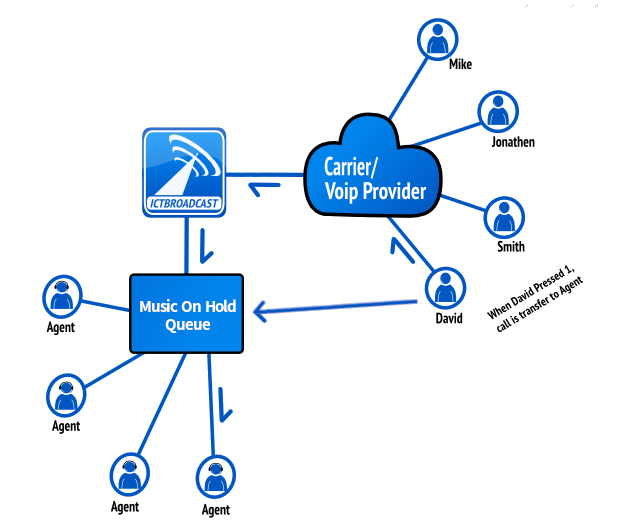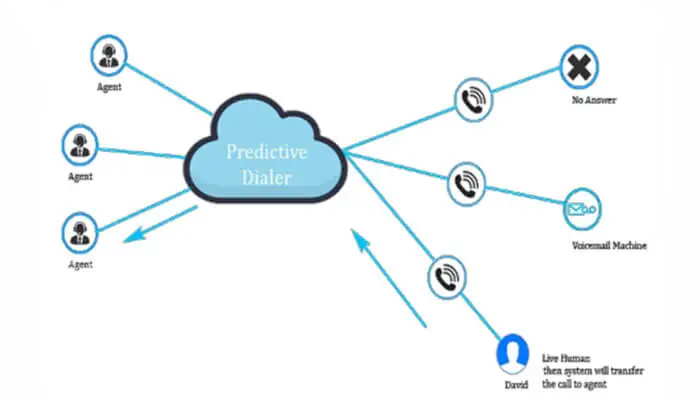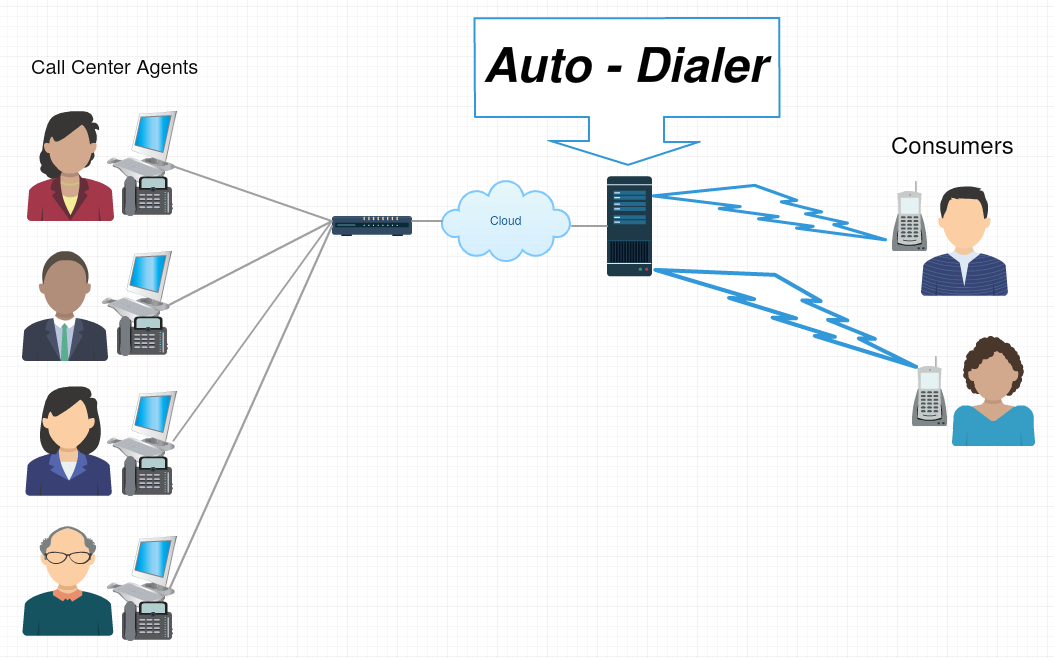Introduction:
In today’s furiously competitive commerce scene, deals proficiency stands as a key determinant of organizational victory. To remain ahead, businesses are continually looking for inventive instruments and procedures to streamline their deals forms and maximize efficiency. One such apparatus that has picked up exceptional ubiquity is the power software dialer. In this comprehensive direct, we are going dig into the world of control computer program dialers and reveal how they can altogether boost deals productivity. From exploring its key features and benefits to implementing effective strategies and maximizing its potential, this guide is your ultimate resource. So, let’s embark on a journey to unlock the full potential of power software dialers in enhancing sales efficiency.
Understand Power dialer software:
Power dialer software revolutionizes outbound calling for sales and telemarketing teams, automating and streamlining the process. This computer-based tool eliminates manual dialing by automatically dialing a high volume of phone numbers. With power dialer software, sales agents can connect with prospects swiftly and efficiently, boosting their productivity and driving improved sales performance. Discover the transformative capabilities of power dialer software in maximizing outbound calling efficiency.

Types of Power Dialer Software:
There are different types of power dialer software available, each offering distinct functionalities to cater to various business requirements. Here are the common types:
Preview Dialer:
A preview dialer allows sales agents to view prospect details before initiating the call. It provides the agent with some time to prepare and customize their approach based on the available information.
Predictive Dialer:
A predictive dialer uses algorithms to predict agent availability and call connect rates. It dials multiple numbers simultaneously, automatically screening out busy signals, voicemails, and disconnected numbers. This type of dialer maximizes agent talk time by minimizing idle time between calls.

Progressive Dialer:
A progressive dialer is similar to a predictive dialer but dials the next number only when the agent becomes available. It eliminates the risk of dropped calls or customers being connected to a silent line.
Auto Dialer:
An auto dialer dials phone numbers automatically and can be used for various purposes such as customer reminders, notifications, and surveys. It is commonly used in customer service and call center environments.

Benefits of Power dialer software:
Power dialer software offers numerous benefits to sales and telemarketing teams. Let’s explore some of the key advantages it provides:
Increased Agent Productivity:
Harnessing the power of automation, power dialer software offers a host of benefits, including a substantial increase in agent productivity. Manual dialing can be a drain on time and efficiency, leading to decreased productivity and wasted opportunities. However, with power dialer software, the dialing process is automated, removing the need for agents to manually dial phone numbers. This seamless automation ensures a consistent flow of calls, minimizing downtime between conversations. Consequently, agents can dedicate more time to engaging with prospects, delivering persuasive sales pitches, and closing deals. Explore the transformative impact of power dialer software in unlocking agent productivity and optimizing sales outcomes.
Improved Call Quality:
Power dialer software offers features that enhance call quality and effectiveness. With functionalities like call recording and monitoring, supervisors can listen to calls in real-time or review them later for quality assurance purposes. They can provide feedback, identify areas of improvement, and train agents accordingly. Call recording also serves as a valuable resource for dispute resolution, verifying customer interactions, and addressing any compliance concerns.
Enhanced Call Routing and Management:
Power dialer software often incorporates intelligent call routing capabilities. Calls can be automatically directed to the most appropriate agent based on predefined criteria, such as expertise, language proficiency, or availability. This ensures that prospects are connected to the right agent who can address their needs effectively, resulting in improved customer satisfaction and higher conversion rates. Additionally, power dialer software enables efficient call queuing and prioritization, ensuring that important calls are promptly addressed.
Conclusion:
Power dialer software has emerged as a powerful tool for businesses looking to boost their sales efficiency. By automating and streamlining outbound calling processes, power dialer software helps sales and telemarketing teams maximize productivity and achieve better results. Through features like automatic dialing, call routing, call monitoring, and analytics, power dialer software improves agent productivity, enhances call quality, and enables effective customer data management.
With control dialer program, businesses can optimize their deals forms, increment the number of client intuitive, and move forward in general client fulfillment. The software’s capacity to mechanize dreary errands and dispose of manual dialing permits deals operators to center on building significant associations with prospects, conveying personalized deals pitches, and closing bargains. Also, the progressed highlights of control dialer program, such as call recording and analytics, give important experiences for preparing, quality affirmation, and decision-making.
As innovation proceeds to advance, control dialer computer program is likely to witness advance progressions, counting the integration of manufactured insights and machine learning capabilities. These progressions will empower indeed more personalized and productive intuitive with prospects, prescient analytics for lead prioritization, and persistent optimization of dialing parameters.
Leveraging Open Source in ICT